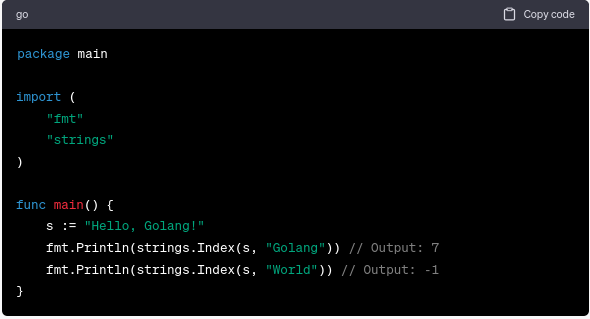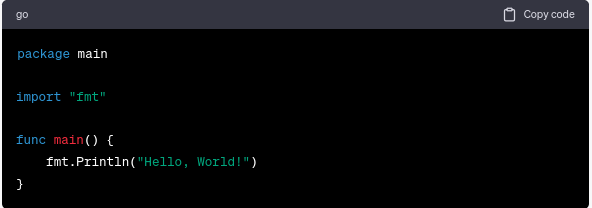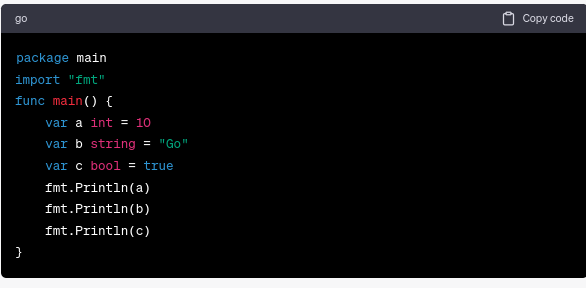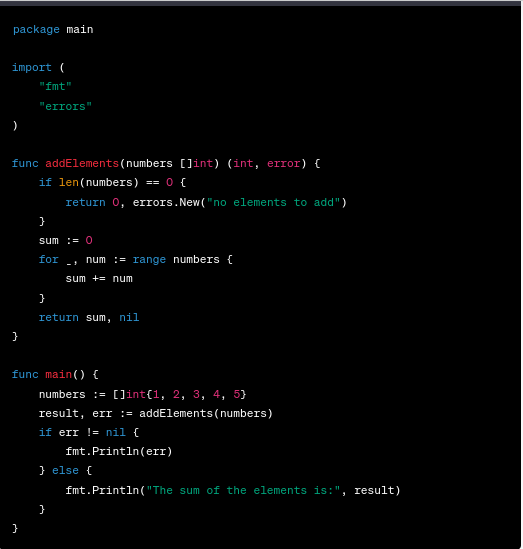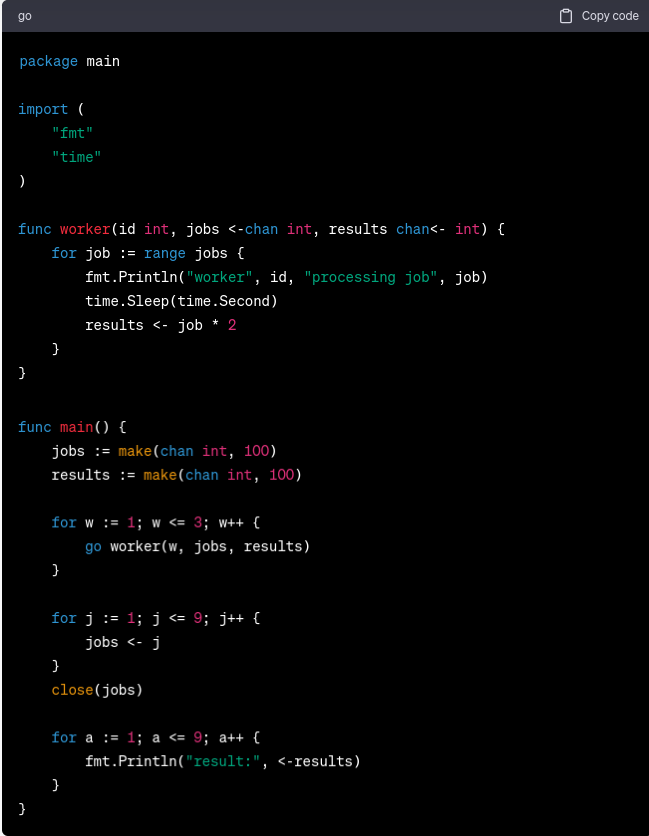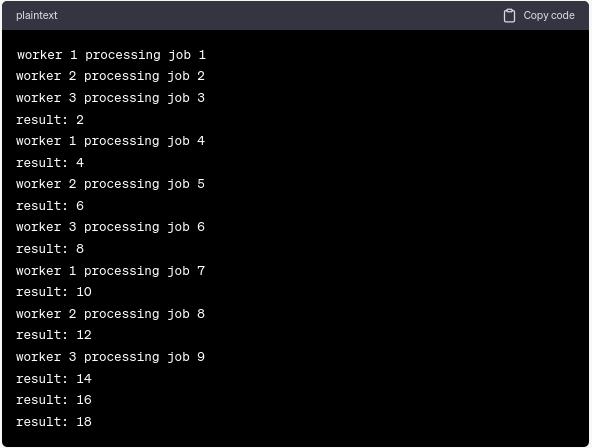For working professionals
For fresh graduates
- Study abroad
More
- Executive Doctor of Business Administration from SSBM
- Doctorate in Business Administration by Edgewood College
- Doctorate of Business Administration (DBA) from ESGCI, Paris
- Doctor of Business Administration From Golden Gate University
- Doctor of Business Administration from Rushford Business School, Switzerland
- Post Graduate Certificate in Data Science & AI (Executive)
- Gen AI Foundations Certificate Program from Microsoft
- Gen AI Mastery Certificate for Data Analysis
- Gen AI Mastery Certificate for Software Development
- Gen AI Mastery Certificate for Managerial Excellence
- Gen AI Mastery Certificate for Content Creation
- Post Graduate Certificate in Product Management from Duke CE
- Human Resource Analytics Course from IIM-K
- Directorship & Board Advisory Certification
- Gen AI Foundations Certificate Program from Microsoft
- CSM® Certification Training
- CSPO® Certification Training
- PMP® Certification Training
- SAFe® 6.0 Product Owner Product Manager (POPM) Certification
- Post Graduate Certificate in Product Management from Duke CE
- Professional Certificate Program in Cloud Computing and DevOps
- Python Programming Course
- Executive Post Graduate Programme in Software Dev. - Full Stack
- AWS Solutions Architect Training
- AWS Cloud Practitioner Essentials
- AWS Technical Essentials
- The U & AI GenAI Certificate Program from Microsoft
1. Introduction
6. PyTorch
9. AI Tutorial
10. Airflow Tutorial
11. Android Studio
12. Android Tutorial
13. Animation CSS
16. Apex Tutorial
17. App Tutorial
18. Appium Tutorial
21. Armstrong Number
22. ASP Full Form
23. AutoCAD Tutorial
27. Belady's Anomaly
30. Bipartite Graph
35. Button CSS
39. Cobol Tutorial
46. CSS Border
47. CSS Colors
48. CSS Flexbox
49. CSS Float
51. CSS Full Form
52. CSS Gradient
53. CSS Margin
54. CSS nth Child
55. CSS Syntax
56. CSS Tables
57. CSS Tricks
58. CSS Variables
61. Dart Tutorial
63. DCL
65. DES Algorithm
83. Dot Net Tutorial
86. ES6 Tutorial
91. Flutter Basics
92. Flutter Tutorial
95. Golang Tutorial
96. Graphql Tutorial
100. Hive Tutorial
103. Install Bootstrap
107. Install SASS
109. IPv 4 address
110. JCL Programming
111. JQ Tutorial
112. JSON Tutorial
113. JSP Tutorial
114. Junit Tutorial
115. Kadanes Algorithm
116. Kafka Tutorial
117. Knapsack Problem
118. Kth Smallest Element
119. Laravel Tutorial
122. Linear Gradient CSS
129. Memory Hierarchy
133. Mockito tutorial
134. Modem vs Router
135. Mulesoft Tutorial
136. Network Devices
138. Next JS Tutorial
139. Nginx Tutorial
141. Octal to Decimal
142. OLAP Operations
143. Opacity CSS
144. OSI Model
145. CSS Overflow
146. Padding in CSS
148. Perl scripting
149. Phases of Compiler
150. Placeholder CSS
153. Powershell Tutorial
158. Pyspark Tutorial
161. Quality of Service
162. R Language Tutorial
164. RabbitMQ Tutorial
165. Redis Tutorial
166. Redux in React
167. Regex Tutorial
170. Routing Protocols
171. Ruby On Rails
172. Ruby tutorial
173. Scala Tutorial
175. Shadow CSS
178. Snowflake Tutorial
179. Socket Programming
180. Solidity Tutorial
181. SonarQube in Java
182. Spark Tutorial
189. TCP 3 Way Handshake
190. TensorFlow Tutorial
191. Threaded Binary Tree
196. Types of Queue
197. TypeScript Tutorial
198. UDP Protocol
202. Verilog Tutorial
204. Void Pointer
205. Vue JS Tutorial
206. Weak Entity Set
207. What is Bandwidth?
208. What is Big Data
209. Checksum
211. What is Ethernet
214. What is ROM?
216. WPF Tutorial
217. Wireshark Tutorial
218. XML Tutorial
Golang Tutorial
Introduction
Welcome aboard to the exhaustive and definitive Golang tutorial. Whether you're learning Go programming from offline or online Golang tutorials, this comprehensive guide will help you see the big picture. You can master the Go language's basics and more advanced principles with relevant examples.
Go Programming Language, also known as Golang, is a statically-typed language that was initially conceived at Google in 2007. It is highly applauded in the programmer's community for its simplicity, efficiency, and robustness. This Golang tutorial for beginners explains the various aspects of the Go language, starting from the very basics to advanced programming concepts.
Overview
Golang is a modern open-source programming language that supports concurrent programming and can handle large-scale projects efficiently. Although its syntax is comparable to C's, it has a more simplified syntax and features such as garbage collection, type safety, and dynamic typing that improve efficiency and ease of use.
Go Language Tutorial
This Golang tutorial will offer an in-depth analysis of the Go language. We will expound on its functionalities through examples, providing snapshots to help you better comprehend and visualize the concepts.
Go Language Index
In Go, `Index()` is a built-in function provided by the `strings` package. The function returns the index of the first instance of a specified substring within a string. The function returns `-1` if the substring isn't found. The function signature is:
Here `s` is the string in which you're searching, and `substr` is the substring you're looking for. The function returns an `int`, representing the starting index of the substring within the string.
Here's an example of how to use it:
In the example cited above, `strings.Index(s, "Golang")` returns `7` because the substring "Golang" starts at the 7th index in the string "Hello, Golang!". Whereas `strings.Index(s, "World")` returns `-1` because the substring "World" isn't found in the string "Hello, Golang!". Note that indices in Go are 0-based.
Keep in mind that `strings.Index()` is case-sensitive, which implies that it will not find a match if there’s a mismatch between the letters in the substring and the string. If you need a case-insensitive search, consider using `strings.ToLower()` or `strings.ToUpper()` to standardize the case before calling `Index()`.
Why Golang?
The popularity of Golang has been developing among programmers due to its clear and green nature. The programming language's syntax is designed to be concise and straightforward, making it easier for builders to recognize and write code. Golang offers strong built-in aids for concurrent programming, permitting the execution of a couple of strategies simultaneously. The utilization of multi-threading is high-quality in modern-day computing architectures, which can be problematic and complex.
Key Features
Golang is encumbered with an array of functions that make it the choice of developers:
- Static Typing: Golang is statically typed in place of dynamically typed languages, in which the kind is checked at runtime. This method ensures that the type of a variable is understood at build time, dramatically decreasing runtime mistakes and defects.
- Concurrency Support: Concurrency is the capacity of separate elements or devices of an application, algorithm, or problem to run out-of-order or in partial order without impacting the end result. It is designed into Golang. It supports concurrent process channeling, which means that it is able to manage numerous jobs at the same time.
- Garbage Collection: Garbage Collection is the technique by which packages try to reclaim memory that is no longer in use through items. Its miles are constructed into Golang. This characteristic is beneficial because it manages memory allocation in the heritage, decreasing the opportunity for reminiscence leaks.
- Quick Compilation: Despite its dynamic traits, Golang compiles into device code quickly. A huge Go program can be converted into an executable document in seconds by means of the Golang compiler.
Downloading and Installing Golang
As we progress in this Golang tutorial, let's take a closer look at the actual software. Visit the official Golang site and download the installation package that best suits your operating system. Run the installer, and follow the easy installation instructions.
Executing Hello World! Program
After installing Golang, let's write and execute our first program. Consider the code snippet below.
To run this program, you should open the terminal or command prompt and execute 'go run hello.go'. You will see 'Hello, World!' printed on the terminal, verifying that Golang got set up correctly on your device.
Identifiers and Keywords
In Golang, identifiers are the user-defined names of program entities such as variables and functions. Here is a sample code snippet that uses an identifier.
In this code, 'myIdentifier' is an identifier; when the program is run, it outputs 'Go!'.
In addition to identifiers, Golang also has 25 keywords that have special meaning to the compiler. These keywords, like 'func', 'var', 'package’, etc., cannot be used as identifiers.
Data Types
Golang supports various data types, such as Numeric Types, String Types, and Boolean Types. These serve as the basic building blocks when you start developing programs in Go.
In this code, 'a', 'b', and 'c' are variables of the types integer, string, and boolean, respectively. Upon execution, the program prints:
Golang Playground
The Go Playground is a web-based service that allows you to write, run, and share Go code without having to install or configure a Go environment on your PC. It is a wonderful resource for new and experienced programmers and an essential part of Golang training. The Go Playground is frequently the first stop for a beginner to practice the language.
The Go Playground can be accessed by visiting the URL https://play.golang.org. The interface is simple, with a text editor where you can write your code and buttons to run or share it.
Let's explore an example. Here's a simple Golang Playground tutorial on how to use this web service to write and run a simple "Hello, World!" program:
1. Visit https://play.golang.org.
2. You'll see an existing code snippet. Replace it with the following code.
3. Click on the "Run" button at the top of the page. The output "Hello, World!" will appear in the area below the editor.
4. If you want to share your code, click the "Share" button. This will generate a URL pointing directly to the code version you've written.
Now, let's gradually introduce intermediate and advanced Go code concepts.
Intermediate Golang Code
Let's look at Go functions, slices, and error handling.
In this code, we defined a function `addElements` that accepts a slice of integers and returns their sum. If the slice is empty, the function returns an error.
Output:
This output is the outcome of adding all of the number slice elements. The addElements(numbers) function computes and returns the sum of all elements in the numbers slice. Since the numbers slice is not null, no error is returned, and the else block within the main function executes to print the sum.
Advanced Golang Code
Once you master the basics, you can move on to the Golang advanced tutorial section. This part covers advanced topics such as the use of goroutines for concurrent programming, channels for communication between goroutines, and effective error handling.
In this code, we've created a pool of worker goroutines that read results from a results channel and retrieve tasks from a jobs channel. We use 'time.Sleep' to simulate a time-consuming operation. The'main' function simultaneously dispatches jobs to and receives results from these workers.
Output:
This code's output will differ due to the concurrency of goroutines. However, it will always follow the pattern of workers receiving tasks, processing them, and then printing the results. Examples of output could include:
Since goroutines are asynchronous, lines may appear intermittently while workers process job lines. The workers double the job and put it in the result channel. The main function then reads and prints the result channel. Since workers are working simultaneously.Sleep simulates work in a non-sequential manner.
These code samples demonstrate intermediate and advanced Go programming.
The Go Playground is public, hence your code is visible to every user. So, avoid disclosing passwords or personal details in the code. Whether you're doing a simple or expert Golang course, it's a terrific location to learn, understand, and practice.
Golang vs. Other Popular Programming Languages
When selecting a programming language, it is crucial to have a comprehensive understanding of the subtle distinctions between various languages and how they stack up against each other. This section will compare Golang with other popular programming languages like Python, C++, and Java.
Golang vs. Python
Python is better for beginners because it understands syntax. However, as an interpreted language, it tends to run at a slower pace compared to compiled languages like Go.
Being a typed language, Golang excels at compilation error detection. Python is dynamically typed; therefore, type mismatches can cause runtime issues. Golang outperforms Python in speed and efficiency, making it excellent for networking systems and data pipelines.
Golang vs. C++
C++, a middle-level programming language, combines high- and low-level capabilities. Rust is harder to learn than Golang. Golang promotes simplicity and readability, making it easy for newcomers.
Controlling system resources with C++ increases complexity and error risk. Garbage collection, which handles memory allocation automatically, simplifies Golang while maintaining control.
Golang vs. Java
Java is the preferred programming language for enterprise applications. JVM's compatibility makes it cross-platform. Due to its longevity, Java has a larger standard library and environment. It is more verbose and requires more code to accomplish the same objectives as Golang.
Golang has performance, compilation, and usability advantages. Its concurrent process channeling support is impressive. Golang is perfect for high-performance, task-processing applications.
Python, C++, and Java thrive in different areas. Golang excels in modern application development due to its simplicity, efficiency, and resilience.
Conclusion
By now, you might have realized that this is the best Golang tutorial you can find to learn and strengthen your understanding of the language and coding skills. We have discussed all the aspects of Go, beginning with the fundamentals and progressively delving into more intricate features of the language. This write-up provides an introduction to the unique attributes of Golang, explores the reasons behind its popularity among developers, and extensively discusses its key features.
Whether you experiment with the examples in your local Go environment or explore the Golang playground, you can actively engage with the language.
FAQs
- What is the suitability of Golang for web development?
Go is a programming language that can be advantageous for developing web servers due to its built-in support for HTTP protocols and efficient execution. However, when it comes to websites that demand front-end interactions, languages like JavaScript might be a suitable option.
- What kinds of applications can I develop using Golang?
Golang can be used to create a wide variety of applications. This includes web servers, data pipelines, command-line tools or programs, network servers, and even large-scale data processing engines. Go's efficacy, simplicity, and efficient concurrency management make it an adaptable programming language for a variety of software applications.
- What are the different data types in Golang?
There are several built-in data types in Go. Some of them are listed below.
- bool- a boolean value
- int, int8, int16, int32, int64- signed integers of various sizes
- uint, uint8, uint16, uint32, uint64- unsigned integers of various sizes
- string- a string of Unicode characters

Author|900 articles published


upGrad Learner Support
Talk to our experts. We are available 7 days a week, 9 AM to 12 AM (midnight)
Indian Nationals
1800 210 2020
Foreign Nationals
+918068792934
Disclaimer
1.The above statistics depend on various factors and individual results may vary. Past performance is no guarantee of future results.
2.The student assumes full responsibility for all expenses associated with visas, travel, & related costs. upGrad does not provide any a.


